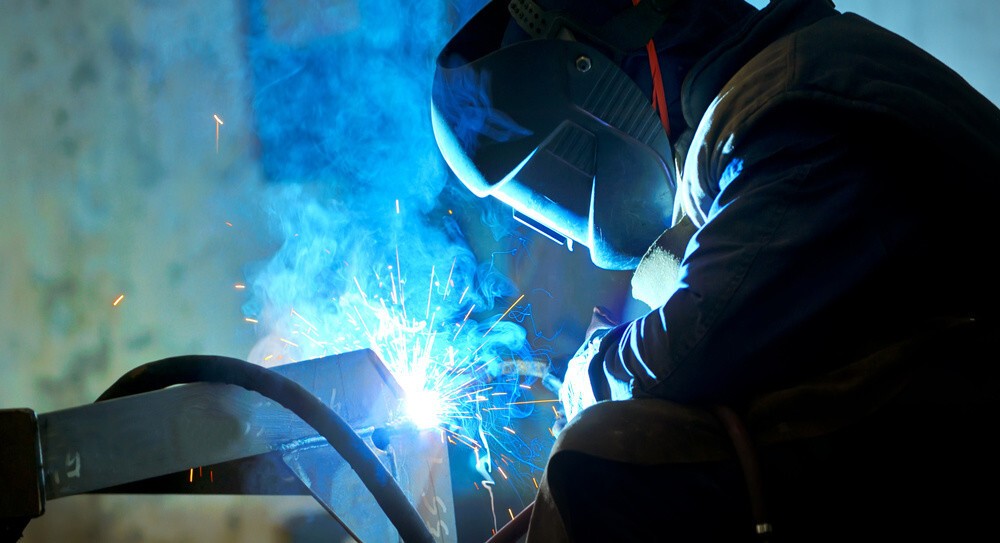From your kitchen to the large buildings, you are surrounded by the cast iron applications. Cast iron versatile features make it the number one priority for making wide ranges of goods and products.
Sometimes, you don’t want to lose products, and you try everything in your hand to keep it safe and secure, but since it is made for use, it might get crack, fracture, cut, or any other defect in the body structure.
In case of heavy-duty construction such as bridges and large buildings, you will try to fix the crack rather than getting ripped off it completely.
Table of Contents
Cast Iron Is Fixable or Not?
If you have a bit of know-how of welding processes, there is no need to worry about it; you can easily fix the cast iron using the welding procedure.
This article is going to solve this problem once and forever and will present comprehensive, detailed guidelines and instructions to overhaul such cast iron products and equipment using a Mig welding process.
Is Welding A Reliable Solution?
You will always go for a long-term solution, and for cast iron products, welding is the best suitable choice for filling up the crack.
Welding is a complete physical activity and involves a high risk of getting affected by it; it requires special training and is not recommended for everyone.
Therefore, you must have viable knowledge of welding before making any attempt to repair the cast iron; you might end up getting more cracks in it.
Since we are proceeding with the Mig Welding process, it’s not that difficult, and even beginners can perform it well; it is the easiest welding method.
Why Mig Welding?
Mig welding is chosen because it is the easiest type of welding, and you don’t need to be an expert in it to work with it. Even if you are not familiar with welding, you can learn Mig Welding in few days as compared to other welding methods.

Pre-Welding Process
- Getting the Mig Welder
As you are going to go down with the welding process, you need to make sure that you have a proper set of tools and a welding machine. Get yourself familiar with the Mig Welder, especially the gas tank, ground clamps, and welding gun.
- Safety Rules and Equipment
Never ever proceed without wearing the personal protective equipment. If you are short of any protective gear, you should get it first and then move with the welding process.
Go through the manual and safety warning given with the Mig Welder just to make sure that you are ready to perform the welding of cast iron.
- Setting-Up to Start the Process
Once you are good with the machine and wearing a PPE suit, you should now move onto setup the piece you are going to weld and the welding machine, make sure they are properly neat and clean so that it gets the perfect weld.
Check that the welding machine is working properly and ensure an uninterrupted constant power supply until the work is completed, so the welding is not disturbed in any way during the process.
Time to Start the Welding
- Testing
If you are new to welding, it is recommended that you should practice it on metal scrap several times, and once you feel that you can do it, then move onto the actual work to weld the cast iron.
Before moving further, you must know the complete cracked area so that it does not need to be repaired again. If you are not able to locate it, you can use the Dye penetrant inspection test for it.
If you are already acquainted with the Mig Welder, then you should not take much time in practice; rather, you should try out the iron cast assembling to see how it should be adjoined or fit together.
- Pre-heating Process
Preheating the edges or the overall surface of the cast iron will save your time and will ease out the welding process. It should be done carefully to be considering in mind the melting temperature of the cast iron particles and components.
Try to keep it slow and uniform to get the best out of it. Normal preheating temperature ranges from 500-1200 degrees F, and you should not exceed it unless required, or you have sound knowledge of melting points of different elements.
- Weld the Cast Iron
Here we go, now the time comes for adjoining the cast iron material. You must be very careful and vigilant during the process, and it is beneficial to go slow and steady.
With a low current supply, slowly move inch by inch and keep an eye on residual stress, try to keep it as low as you can, and also watch out that you are not overheating the material as it may damage it severely.
As soon as you are over with it, check out for any leak or spot you have missed. Once you have checked through it, the welding part is finished here; now, it’s time to remove the excess slag by grinding method. It will not take much of the time depending on that you were careful about it during the welding process.
Be very careful during the grinding process as you may damage the welded spot. Therefore you should always try to do neat welding in order to prevent accidental damage during the grinding process.
Final Stage
If you have reached to this stage, congratulations! You are over with the challenging phase of the process. Now what you need is to just relax, sit back, and let the cast iron piece to cool down slowly and gradually until it reaches to room temperature.
We have tried to cover the essential steps in detail so that you can do it yourself with the cast iron welding with Mig welder.
Although you will not face any problem if you follow the steps correctly, in case you encounter any problem, you should stop there and ask for help. Welding cast iron with a Mig welder is easy, and by following the above guidelines, you can do the job perfectly.
